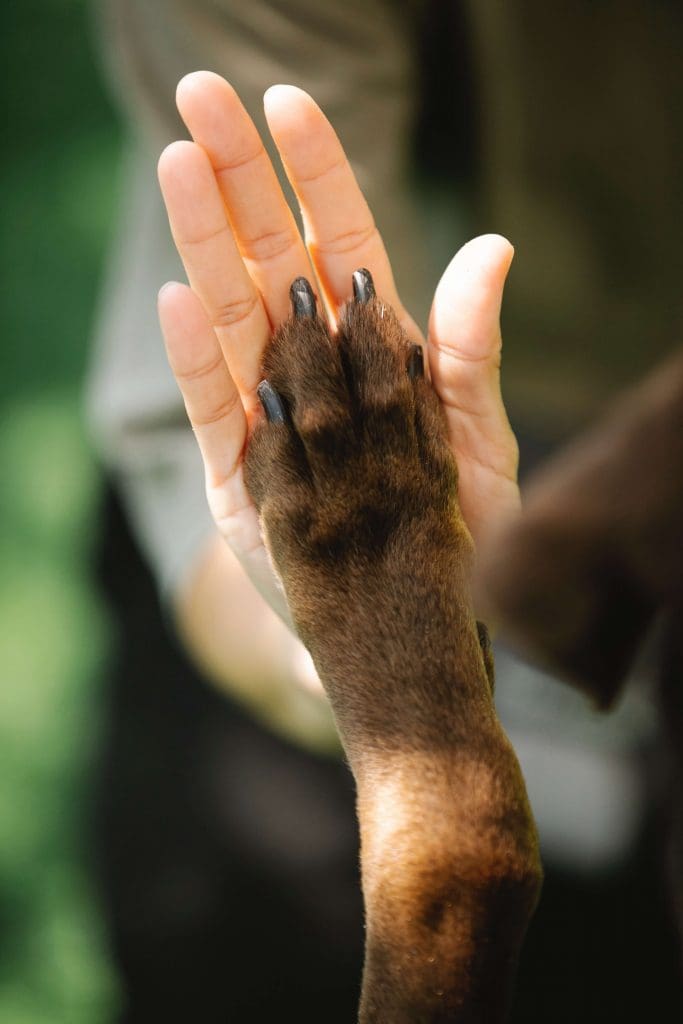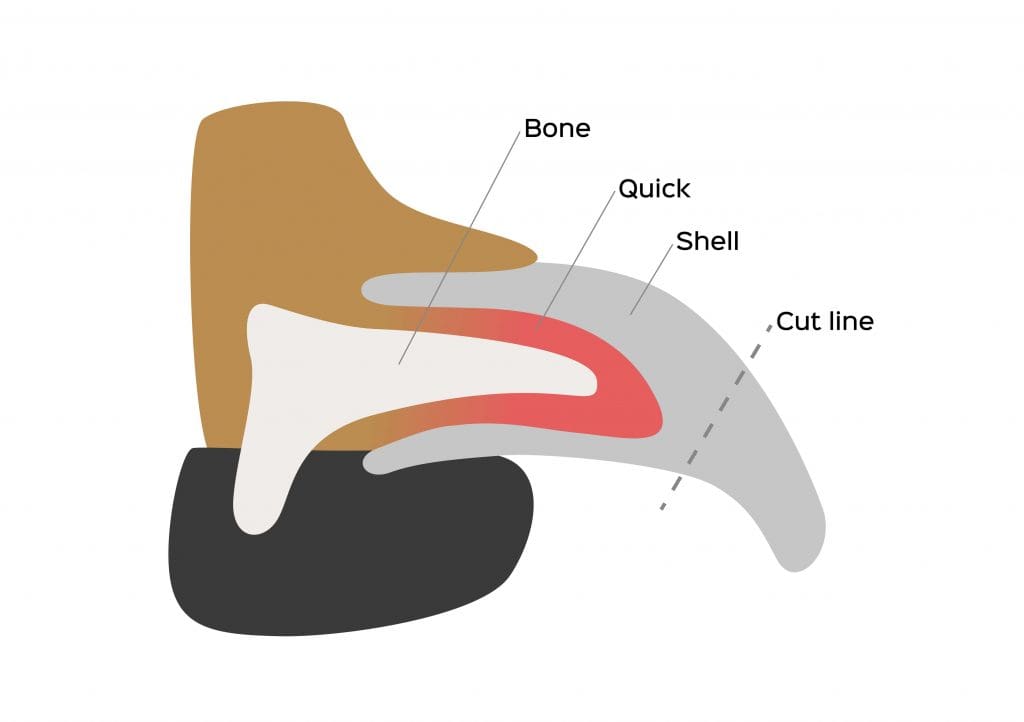If trimming your dog’s nails is a dreaded chore, you may be questioning whether or not it’s an entirely necessary part of their regular grooming routine. Many pet parents just don’t feel confident with this task, especially if their dog is already wary of having their paws handled.
While the right technique may take some practice and patience, nail care is essential. Here’s what you should know about keeping your pet’s feet in good condition.
 Why Clip Your Dog’s Nails?
Why Clip Your Dog’s Nails?Unlike our dogs’ wolf ancestors that spend their days running across rough terrain, modern pets need our help to grind and file their nails down to the proper length.
Well-maintained nails serve a few important purposes:
If the nails are long enough to strike the ground with each step, this can be very uncomfortable for your pet. Dogs will sometimes adjust their gait to attempt to keep their nails from bumping against flooring or pavement. This unnatural stride can lead to inflamed joints over time.
Long nails can also make it difficult for the pads of dogs’ feet to grip the floor beneath them. As dogs age, the work of walking across slippery linoleum or hardwood can contribute to painful conditions like:
Breaking a long nail is as painful for dogs as it is for humans. Poorly maintained nails are more likely to crack and split below the quick, leaving your pet vulnerable to infection.
Very overgrown nails will begin to curl under, making them likely to get caught up on fencing or other dogs’ harnesses during playtime. Regular trimming is the best way to avoid the trauma of a torn-off nail or a broken toe.

Short, rounded nails are less likely to do damage to clothes, furniture, and flooring. They’ll also save pet parents from being unintentionally scratched when your dog is excited to see you.
How frequently your dog’s feet need attention will depend on their habits and the rate of their nail growth. Pets that spend most of their time indoors on carpet or vinyl flooring will probably need more frequent maintenance than sidewalk jogging companions.
Create a weekly habit of inspecting your dog’s nails to determine if it’s time for a trim. You’ll want to keep nails smooth, rounded, and short enough that they don’t make contact with the floor.
 What’s the Best Technique for Cutting Nails?
What’s the Best Technique for Cutting Nails?Take a moment to examine the anatomy of your dog’s nails. If they are light in color, it should be fairly easy to determine where the keratin ends and the living part of the nail, or the quick, begins. Trim the nail to create a rounded shape, and file to remove any sharp edges.
Pet parents of dogs with dark nails should proceed with added caution. Since it’s not easy to tell where the blood supply begins, it’s best to shape these dogs’ nails a little at a time to avoid cutting them too short.
Dogs that have gone a long time without regular maintenance may have very long nail beds. Fortunately, slight trims on a weekly basis will help the quick recede over time so that you can get your dog’s nails back to a healthy length.
Any list of tips for cutting dogs’ nails should prioritize positive reinforcement. If your dog is still a puppy, you have the perfect opportunity to practice handling their feet regularly and building the association between nail trims and treats, pets, and praise.
For older or persistently fearful dogs, however, the best solution can often be professional help. Licensed groomers have special equipment that can make nail care faster, safer, and more ergonomic.
Your veterinarian can also offer support by demonstrating good nail trimming techniques you can use at home. You may find that your confidence is contagious — the more comfortable you feel caring for your dog’s nails, the more at ease they’re likely to be.